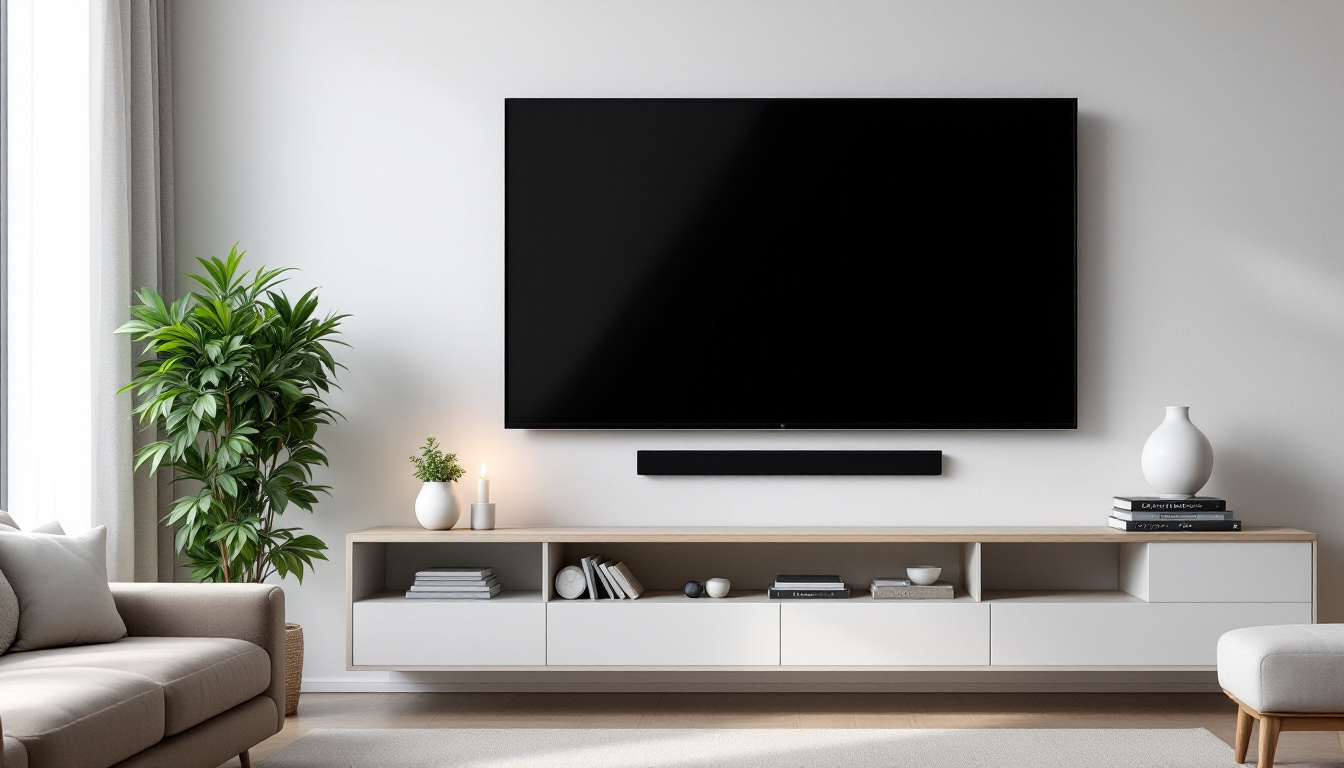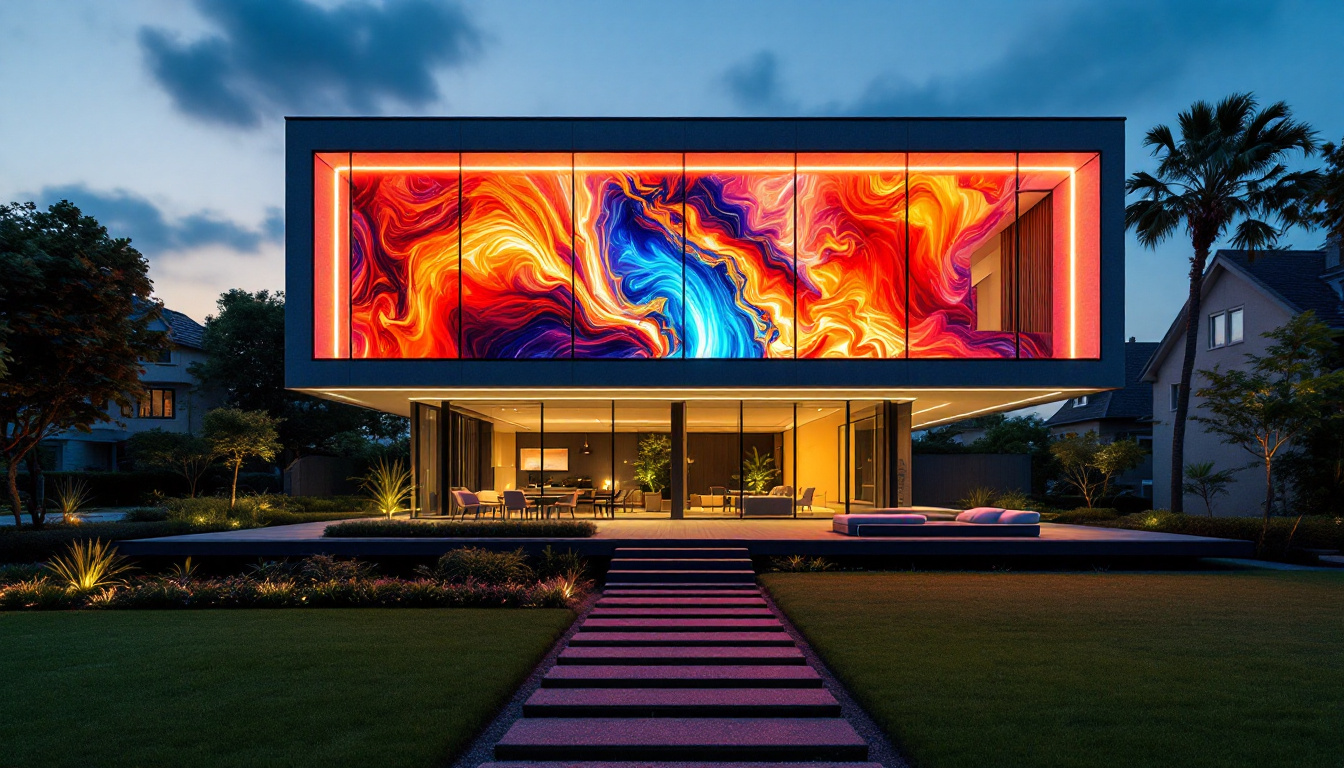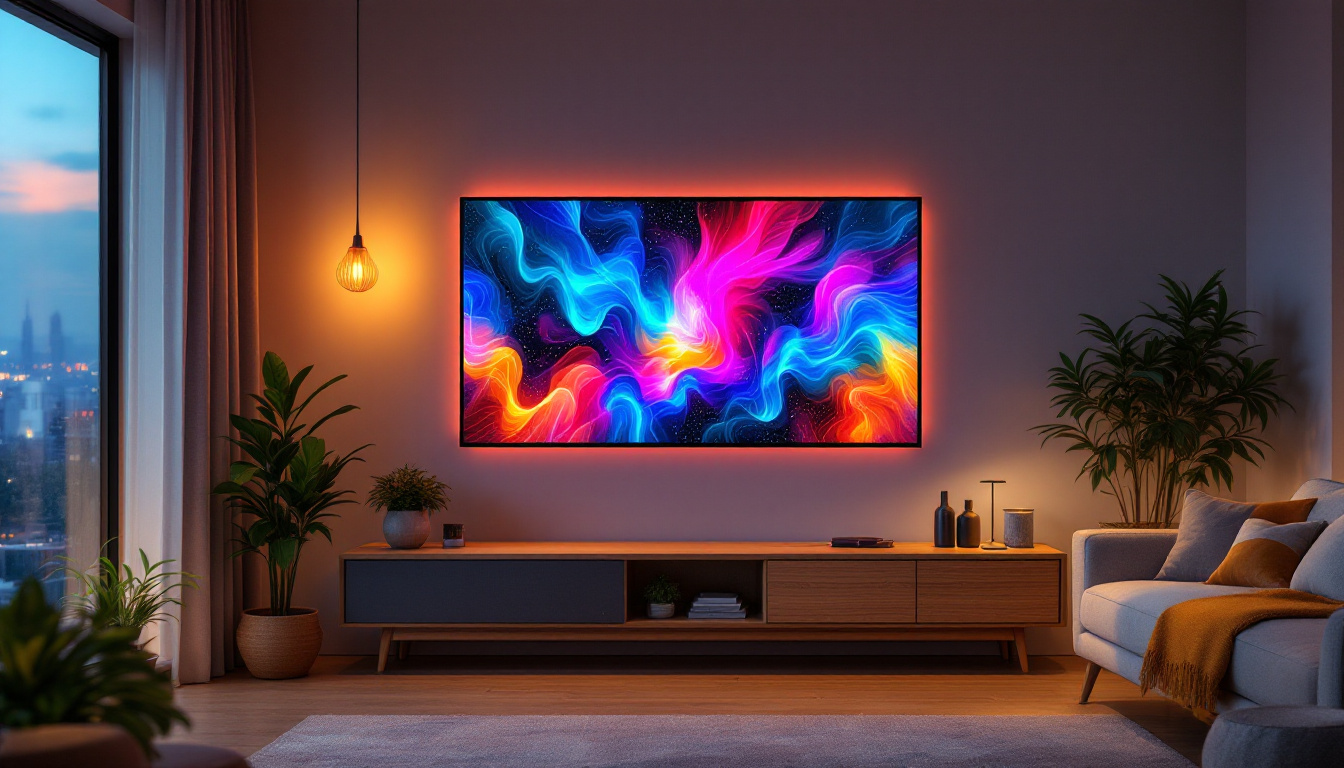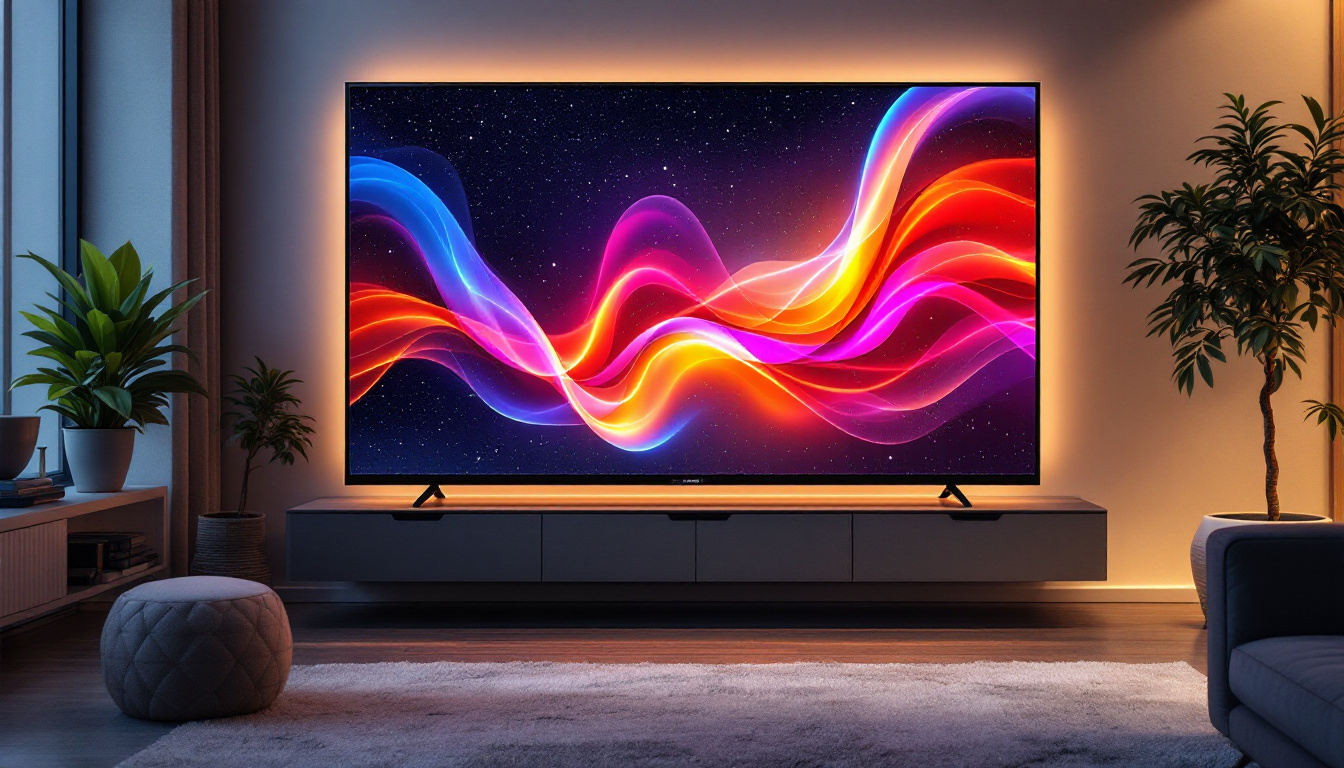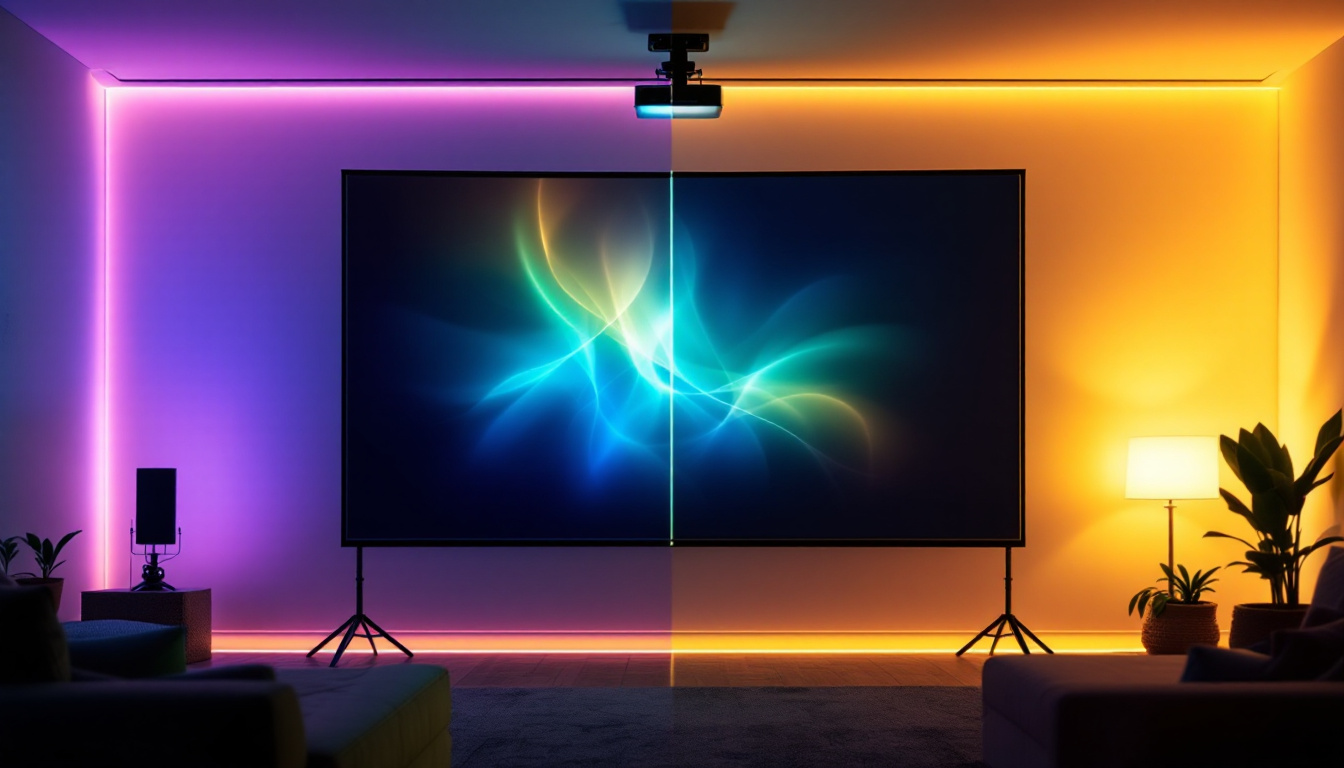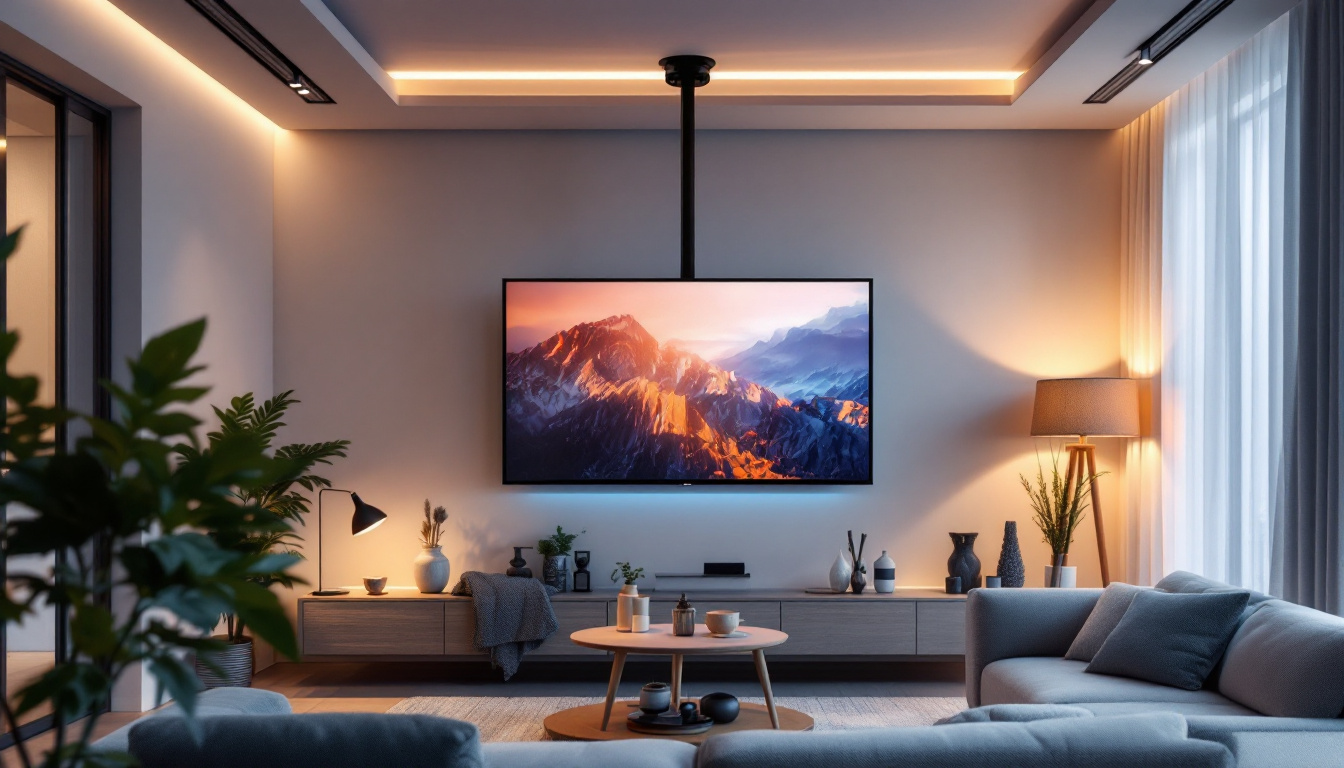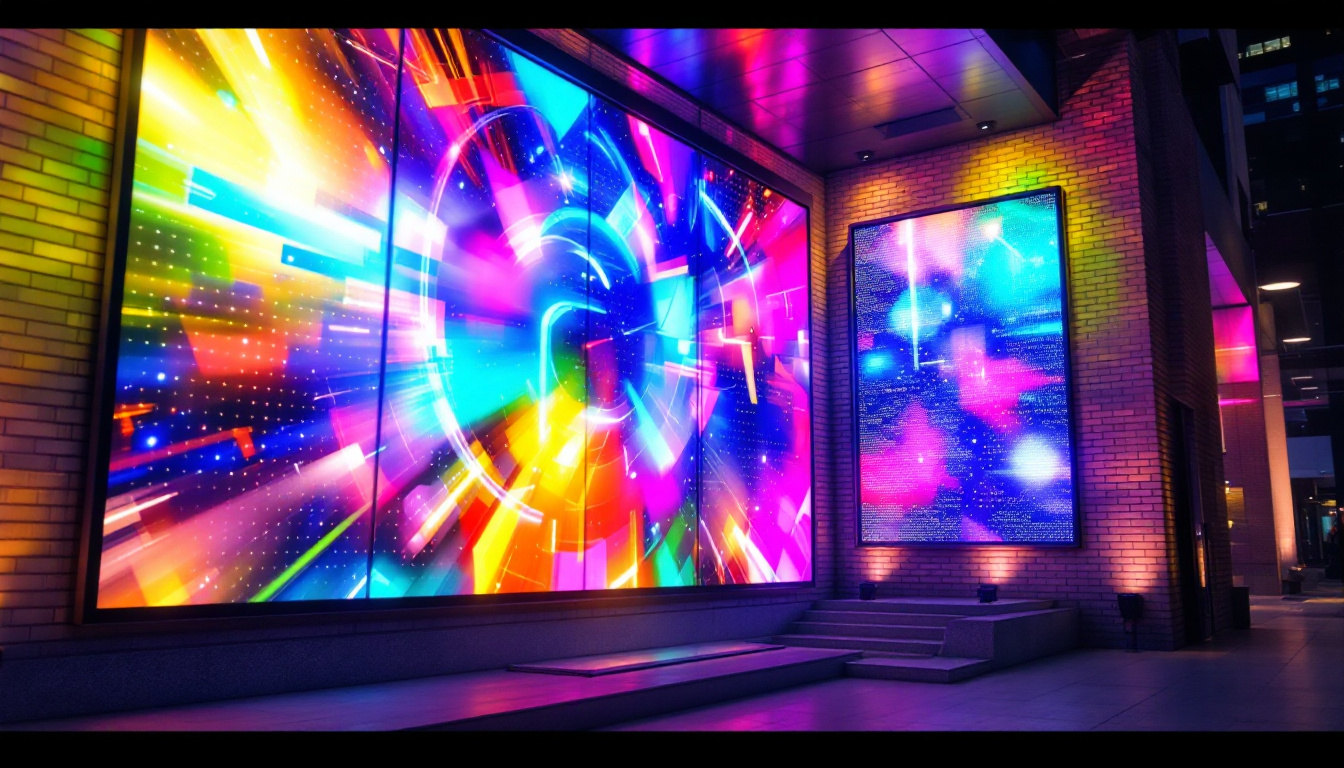Plasma TV Wall Mount: LED Display Explained
In the realm of home entertainment, the choice of display technology plays a crucial role in the viewing experience. Plasma TVs, once a dominant force, have largely been overshadowed by the rise of LED displays. However, understanding the nuances of both technologies, especially in the context of wall mounting, is essential for making informed decisions. This article delves into the intricacies of plasma TV wall mounts and the characteristics of LED displays, providing insights that will help you enhance your home theater setup.
Understanding Plasma TVs
Plasma TVs were celebrated for their vibrant colors and deep blacks, making them a favorite for movie enthusiasts and gamers alike. These displays use small cells filled with gas, which emit ultraviolet light when electrically charged, causing phosphors to glow and produce images. Despite their impressive picture quality, plasma TVs have faced challenges in the market, particularly with the advent of LED technology.
Advantages of Plasma Displays
One of the standout features of plasma TVs is their superior color accuracy and contrast ratios. The ability to render deep blacks enhances the overall viewing experience, especially in dark environments. Additionally, plasma screens offer wide viewing angles, ensuring that the picture quality remains consistent regardless of where viewers are seated in the room. This makes them particularly appealing for larger gatherings, where multiple viewers may be watching from different angles.
Another advantage is the motion handling capabilities of plasma displays. They excel in fast-paced scenes, making them ideal for sports and action movies. The refresh rates of plasma screens are typically higher than those of their LED counterparts, reducing motion blur and providing a smoother visual experience. This characteristic is especially beneficial for gamers who require quick response times and fluid graphics during intense gameplay. Furthermore, the rich color palette of plasma displays allows for a more immersive experience, drawing viewers deeper into the action on screen.
Challenges with Plasma Technology
Despite their strengths, plasma TVs are not without drawbacks. One significant issue is their susceptibility to burn-in, where static images can become permanently etched into the screen. This can be a concern for users who frequently watch channels with logos or play video games with static HUDs. The phenomenon occurs because the phosphors used in plasma technology can degrade unevenly when exposed to static images for extended periods. To mitigate this risk, many manufacturers have integrated features such as pixel shifting and screen savers, but these solutions are not foolproof.
Another challenge is the weight and thickness of plasma TVs. They are generally heavier and bulkier than LED models, making wall mounting a more complex endeavor. Proper wall mounts must be selected to ensure safety and stability, which can add to the overall cost of installation. Additionally, the heat generated by plasma screens can be a concern, as they tend to run warmer than their LED counterparts. This necessitates adequate ventilation in the setup area to prevent overheating, which could potentially affect the longevity of the device. As technology continues to evolve, many consumers are now weighing these factors against the benefits of newer display technologies, leading to a shift in preferences within the market.
The Rise of LED Displays
LED technology has revolutionized the television market, offering several advantages over plasma displays. LED TVs use liquid crystal displays (LCD) with LED backlighting, resulting in thinner and lighter screens. This shift has made LED TVs more appealing for modern homes, where space and aesthetics are paramount. The sleek design of LED TVs allows them to blend seamlessly into various interior styles, making them a popular choice for homeowners looking to enhance their living spaces.
Benefits of LED Technology
One of the most significant benefits of LED displays is their energy efficiency. They consume less power than plasma TVs, making them a more environmentally friendly option. This efficiency translates to cost savings over time, particularly for households that use their TVs for extended periods. In fact, many LED models are Energy Star certified, indicating that they meet strict energy efficiency guidelines set by the U.S. Environmental Protection Agency. This not only benefits the environment but also encourages consumers to make more sustainable choices in their home electronics.
LED displays also boast a longer lifespan compared to plasma TVs. While plasma screens typically last around 60,000 hours, LED TVs can last upwards of 100,000 hours, making them a more durable choice for consumers. This longevity is an essential factor for those looking to invest in a long-term entertainment solution. Additionally, the reduced need for replacements means less electronic waste, contributing to a greener planet. As technology continues to evolve, manufacturers are also focusing on improving the recyclability of LED components, further enhancing their sustainability profile.
Picture Quality and Performance
While LED displays have made significant strides in picture quality, they still face challenges in achieving the same level of black depth as plasma screens. However, advancements in technology, such as local dimming and quantum dot displays, have improved contrast ratios and color accuracy. These innovations allow LED TVs to deliver impressive visuals, even in brightly lit environments. The incorporation of HDR (High Dynamic Range) technology has further elevated the viewing experience, enabling deeper blacks and brighter whites, which enhances the overall depth and vibrancy of images.
Moreover, LED TVs are less prone to burn-in issues, making them a safer choice for users who enjoy gaming or watching channels with static logos. This reliability adds to the overall appeal of LED technology, especially for families with diverse viewing habits. Additionally, many LED TVs now come equipped with smart technology, allowing users to stream content directly from popular platforms, access apps, and even control their TV with voice commands. This integration of smart features not only enhances convenience but also keeps users engaged with the latest entertainment trends, ensuring that their viewing experience remains fresh and exciting.
Choosing the Right Wall Mount
When it comes to mounting a plasma or LED TV, selecting the right wall mount is crucial for both safety and aesthetics. The market offers various types of wall mounts, each designed to cater to specific needs and preferences.
Types of Wall Mounts
The three primary types of wall mounts are fixed, tilting, and full-motion mounts. Fixed mounts are the simplest option, holding the TV flat against the wall. This type is ideal for viewers who watch from a single position and want a clean, streamlined look.
Tilting mounts allow for slight angle adjustments, making them suitable for rooms with higher seating arrangements. This feature helps reduce glare from windows and provides a better viewing angle for those seated below the screen.
Full-motion mounts, also known as articulating mounts, offer the most flexibility. These mounts can swivel and extend, allowing viewers to adjust the screen’s position based on their seating arrangements. This versatility is particularly beneficial in larger rooms where seating may be spread out.
Weight Capacity and Compatibility
When selecting a wall mount, it is essential to consider the weight capacity and compatibility with the TV model. Each mount has a specified weight limit, and exceeding this limit can lead to safety hazards. Additionally, ensuring that the mount is compatible with the TV’s VESA (Video Electronics Standards Association) pattern is crucial for a secure fit.
For plasma TVs, which tend to be heavier, it is advisable to choose a mount specifically designed to support their weight. LED TVs, being lighter, offer more flexibility in mount selection, but it is still important to adhere to the manufacturer’s guidelines.
Installation Considerations
Proper installation of a wall-mounted TV is essential for both safety and optimal viewing. While some may choose to tackle the installation as a DIY project, hiring a professional can ensure that the job is done correctly and safely.
Tools and Preparation
Before beginning the installation process, it is important to gather the necessary tools, including a stud finder, level, drill, and appropriate screws. Identifying the wall studs is crucial for securing the mount, as mounting directly into drywall can lead to accidents and damage.
Additionally, it is advisable to plan the TV’s placement carefully. Consider factors such as viewing distance, eye level, and potential glare from windows. Taking the time to measure and mark the wall can save time and frustration during the installation process.
Safety Precautions
Safety should always be a top priority when installing a wall mount. Ensuring that the mount is securely fastened to the wall studs is vital for preventing accidents. It is also important to keep children and pets away from the installation area to avoid any potential injuries.
Once the TV is mounted, it is essential to double-check the stability before allowing anyone to use it. A thorough inspection can help identify any issues that may need to be addressed, ensuring a safe viewing experience for all.
Conclusion
In the ever-evolving landscape of home entertainment, understanding the differences between plasma and LED displays is crucial for making informed decisions. While plasma TVs offer exceptional picture quality and motion handling, they face challenges in terms of weight, power consumption, and burn-in risks. On the other hand, LED displays have gained popularity due to their energy efficiency, longevity, and versatility.
When it comes to wall mounting, selecting the right mount and ensuring proper installation are key factors for a successful setup. By considering the advantages and challenges of each technology, as well as the specifics of wall mounting, consumers can create a home theater experience that meets their needs and preferences.
Ultimately, whether opting for a plasma or LED display, the goal remains the same: to enjoy high-quality entertainment in the comfort of one’s home. With the right knowledge and preparation, achieving the perfect setup is within reach.
Discover the Future of Home Entertainment with LumenMatrix
Ready to elevate your home theater experience with the latest in LED display technology? LumenMatrix is at the forefront of innovation, offering a wide array of LED display solutions that transform any space into a dynamic visual spectacle. From the comfort of your living room to the excitement of outdoor gatherings, our Indoor and Outdoor LED Wall Displays, along with specialized options like Vehicle, Sports, and Floor LED Displays, ensure that your entertainment setup is nothing short of extraordinary. Embrace the future of visual communication with our Custom, All-in-One, and Transparent LED Displays. Check out LumenMatrix LED Display Solutions today and step into a world where clarity and engagement redefine your viewing experience.

